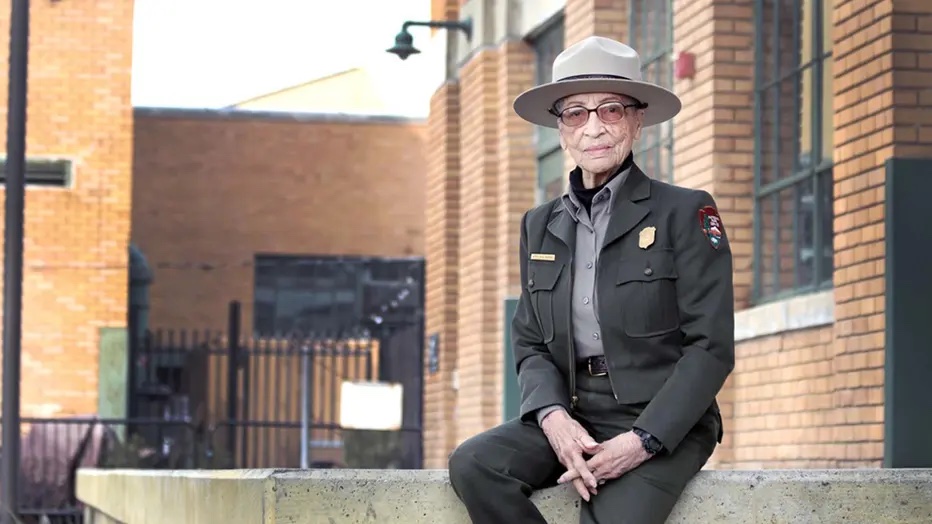Betty Reid Soskin has been many things in her life, but sedentary is not one of them. Soskin, who turns 100 today, is the oldest active ranger in the National Park Service and has no plans of slowing down.
A full-time ranger at the Rosie the Riveter / World War II Home Front National Historical Park in Richmond, California, Soskin helps tell the story of the largest wartime mobilization in American history and the sweeping social changes it ushered in.
For Soskin, the history of wartime mobilization was being whitewashed — literally.
“Rosie the Riveter was a white woman’s story. There were no black Rosies. Segregation still prevailed in California in the 1940s, and blacks were forced to work menial jobs,” she told HistoryNet contributor Barbara Noe Kennedy in 2020.
At the outbreak of the Second World War, Soskin took a job in a U.S. Army Air Forces office near Richmond. To her surprise, Soskin realized she was passing for white and found herself without a job when she set the record straight.
“I walked out on the U.S. government and told them to shove it,” she recounted in her 2018 memoir Sign My Name to Freedom.
From there until war’s end, Soskin worked as a file clerk in a segregated unit of the historically all-white Boilermakers union.
In the subsequent years, Soskin has lived “lots and lots of lives,” as she recounted to NPR.
She has been a mother, antiwar activist, musician, business owner, faculty wife, community advocate, political aide, blogger, and now a park ranger.
Soskin came by her current position almost by accident. In 2000 the 80-year-old Soskin was asked by a California state legislator to sit in on early planning meetings for the Home Front National Park. It was there that Soskin noted that there was little to no representation of life during the war for Black men and women on the home front, Mexican braceros, and Japanese Americans interned during the war.
From there, Soskin became determined to tell the stories of the minorities.
She went on to become a community liaison, then as a seasonal tour guide, and since 2007, a full-time interpretive ranger.
“When I became a ranger,” she told the New York Times, “I was taking back my own history.”
“Without Betty’s influence, we probably would not have told various previously marginalized stories in as much depth,” Tom Leatherman, who has been park superintendent since 2010, told the Times.
Inclusion of marginalized communities remains elusive for the National Park Service, however. There are fewer females employed by the NPS in 2020 than in 2010, with only 44 Black women park rangers currently employed — down from 73 in 2010.
For Soskin, part of her mission is to make the parks feel inclusive for girls of color, telling the Times, “What gets remembered depends on who is in the room doing the remembering.”





